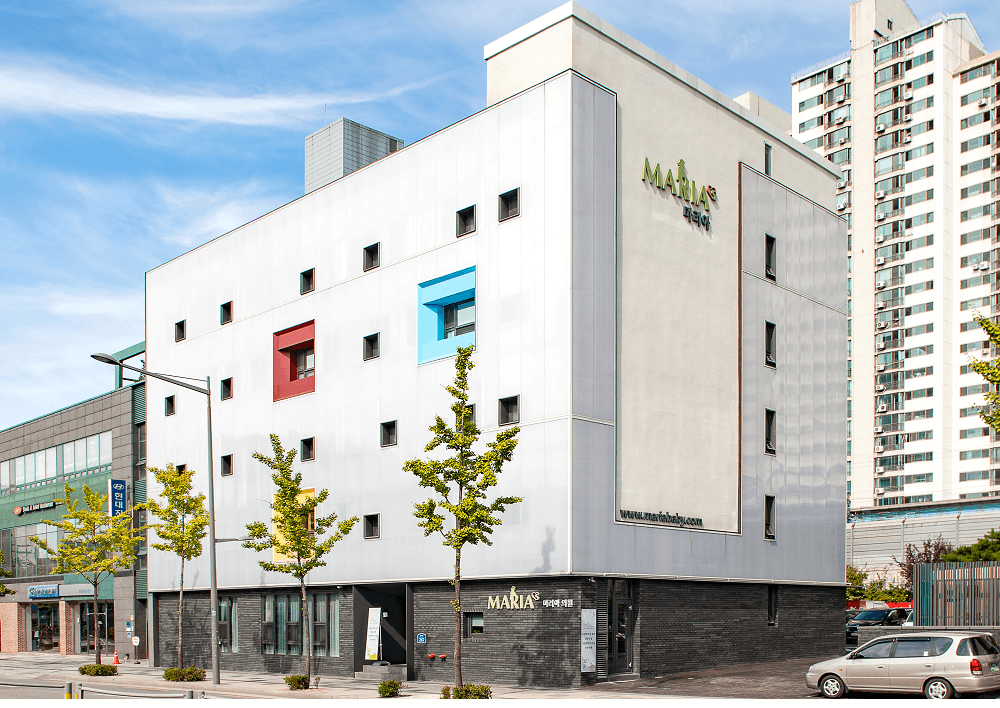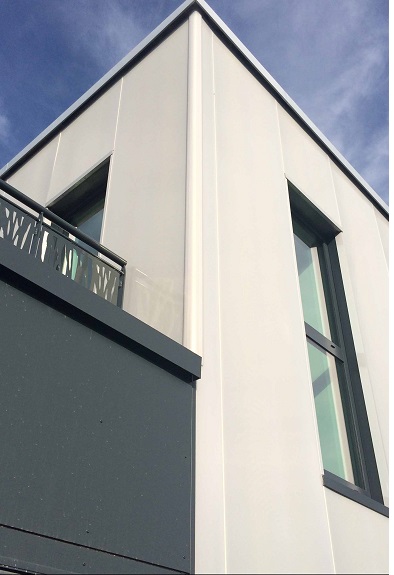
Design a building. Build the building. Enjoy the building. Many people may think that these steps indicate the life cycle of a structure, but architects know that the process isn’t nearly that straightforward. The design for a building begins with a keen awareness of what the building’s purpose will be, where the building is located, and an understanding of the climate in that region. After the building is completed and the occupants have moved in, the success of the next phase hinges on whether or not the structure has what it takes to resist the threats of weather, particularly rain and snow and how they will impact the insulation of a building. This is cause for worry for many building owners, but not for those whose designs were completed with Danpal cladding. For them, the insulation is secure and the moisture can’t enter, so the building is on its way to a long life.
CLADDING AND THE GLOBAL VISION, LOCAL FOCUS DANPAL MOTTO
Danpal’s business presence extends to five continents, which is part of the reason why we take our global responsibilities so seriously. But at the same time, we know that concentrating our innovation locally makes our company stronger and more responsive to all the building needs in the industry. Cladding needs to be strong so that it can prevent leakages from invading the interior of a building. Climate and cladding are closely interwoven; cladding can’t change the amount of precipitation that falls in any given area, but it can prevent that precipitation from causing damage to the structure. Danpal cladding has an inner sheet, an outer panel, and a ventilated cavity; between the building’s exterior and the cladding is a gap that supplies a consistent stream of air to block the penetration of moisture.
 CLADDING, ENERGY EFFICIENCY AND INSULATION
CLADDING, ENERGY EFFICIENCY AND INSULATION
In most of the world’s International Energy Agency (IEA) counties, buildings account for nearly 40% of the primary energy usage in the individual nations. That high number shows that, as nations advance, they use more energy. How, then, can energy usage be controlled so that there’s no waste? Cladding plays into that formula because if the cladding is working as it’s designed, insulation stays dry and energy isn’t escaping. A consistent temperature is maintained internally.
THE VENTILATED RAINSCREEN SYSTEM
The most effective cladding on the market is the Danpal Ventilated Rainscreen System or VRS, which employs Danpalon® panels to keep insulation free from moisture. The convective motion behind the panels is what keeps the insulation dry. The standard panel length is 12.0m, but if you need longer lengths of panels, just let Danpal know and we’ll be happy to customize. Our system is 100% watertight and easy to install, so customization is no problem.
In a way, customization is the key to Danpal’s success in meeting the needs of our clients. We design building materials with the client in mind. You’ll appreciate the work that goes into our products when you see for yourself what a difference Danpal cladding makes in the long-term life of your building.
